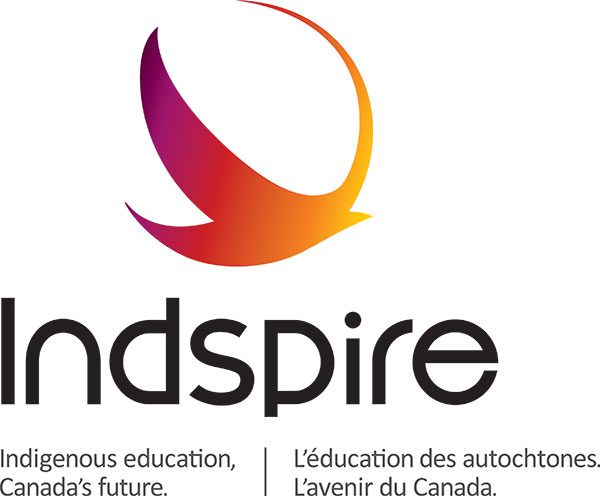Technological Innovations in Digital Archives: Hodinohsó:ni’ Language Preservation for Learning in Higher Education
With widespread adoption of technology in the labour market, post-secondary institutes are responding by harnessing digital technologies to innovate approaches to teaching and learning. For example, training sessions facilitated by the Six Nations Polytechnic’s Centre for Teaching and Learning—with a focus on Universal Design for Learning—reinforce the importance of offering multiple means of engagement for students which extends beyond offering accessible content online, to creating engaging and challenging learning spaces that promote connection with the instructor and collaboration with peers. With tools like the Intelligent Agent in Brightspace, instructors can offer customized and Adaptive Learning—a learning system that offers the opportunity for instructional methods to become personalized and to help students to focus on those areas of need while also highlighting for them areas of personal strength in their knowledge (Kleisch et al., 2017). Technological integration in higher education is prevalent so much that the use of technology for instruction and learning is nuanced; it’s not an unknown fact that post-secondary instructors and students know of programs like Kahoot.
However, though technology helps with teaching and learning, our society at Grand River is facing challenges with Indigenous Languages resources availability and Six Nations Polytechnic, a Hodinohsó:ni’ post-secondary institution located in Six Nations of the Grand River, is no exception. In university programs (Bachelor of Arts in Ogweho:weh Languages—Cayuga and Mohawk), instructors are utilizing technology to address resource shortages and enhance student access to language education. Successful strategies include using flashcard apps, language-specific applications, and game-based websites, which help students improve their proficiency both in and out of the classroom.
Thus, this presentation will illustrate how digital archives at the Deyohahá:ge Indigenous Knowledge Centre can also help bridge these gaps in the revitalization of Hodinohsó:ni’ languages in Six Nations. While the current collection consists mainly of research notes from ethnologists in the late 19th and early 20th centuries, these documents offer valuable insights that significantly advance the Ogweho:weh Languages programming and cultural preservation at Six Nations Polytechnic and the wider Six Nations community.
Stream: Approaches to Addressing the Indigenous Teacher and Knowledge Resources Shortages in PSE Programming
- Addressing barriers to teacher education for Indigenous learners
- Indigenous knowledge pedagogy and cultural competence
- Indigenous language revitalization in PSE programming
- Collaborative approaches to Indigenous intellectual property
Speakers
Director - Deyohahá:ge: Indigenous Knowledge Centre | Six Nations Polytechnic
Unit Manager - University | Six Nations Polytechnic
Unit Manager - Centre for Teaching & Learning | Six Nations Polytechnic
Senior Researcher | Six Nations Polytechnic





